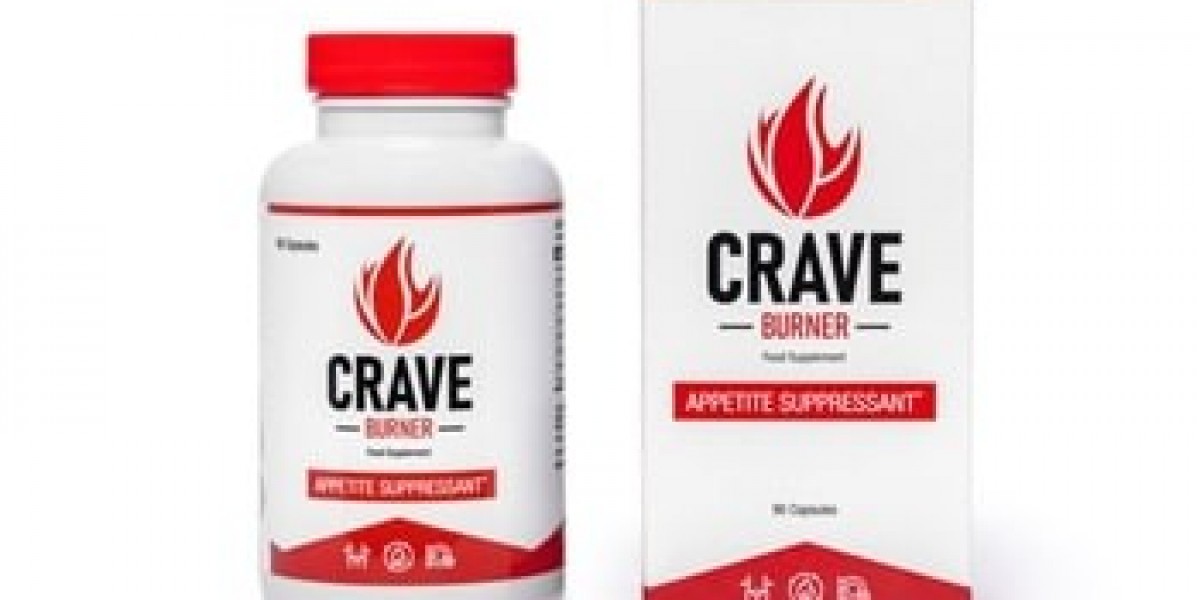What is Driving the Growth of the Global Adhesive Bandages Market?
The global adhesive bandages market was valued at USD 3.20 Billion in 2024 and is projected to reach USD 4.67 Billion by 2034, growing at a CAGR of 3.86% from 2025 to 2034.
Adhesive bandages—commonly known as plasters or sticking plasters—are small, flexible medical dressings used to protect minor wounds, cuts, burns, and abrasions from infection. These essential first-aid products play a crucial role in wound care and daily healthcare routines.
The market growth is primarily driven by:
Increasing incidence of minor injuries, burns, and skin wounds,
Rising adoption of eco-friendly and biodegradable adhesive bandages,
Growing demand from the sports, orthopedic, and home healthcare sectors, and
Expansion of e-commerce platforms making wound care products widely accessible.
Additionally, continuous innovation in design, materials, and functionality, such as breathable, waterproof, and hypoallergenic adhesive bandages, has expanded consumer appeal and market reach.
Global Adhesive Bandages Market Overview
2024 Market Size: USD 3.20 Billion
2034 Market Forecast: USD 4.67 Billion
CAGR (2025–2034): 3.86%
Base Year: 2024
Forecast Period: 2025–2034
Key Growth Drivers:
Surge in minor injuries and accidents
Rise in sports and fitness participation
Increasing awareness of personal hygiene and wound care
Growing availability of sustainable wound care products
Market Breakup by Type
1. Medicated Bandages
Medicated adhesive bandages are infused with antiseptic or antibacterial agents to prevent infections and promote faster healing.
These are commonly used for chronic wounds, burns, and surgical cuts.
The growing demand for advanced medicated plasters that contain silver ions or herbal extracts is boosting this segment.
Hospitals and clinics are the major consumers of medicated bandages due to their infection control benefits.
2. Non-Medicated Bandages
Non-medicated adhesive bandages remain the most commonly used type for everyday injuries.
They are primarily used in households, schools, sports centers, and workplaces.
The non-medicated category continues to lead in market share due to its cost-effectiveness and wide accessibility through retail and e-commerce channels.
Market Breakup by Material
1. Plastic
Plastic-based bandages dominate the market for their durability, water resistance, and low production cost.
However, with rising environmental awareness, companies are shifting toward biodegradable alternatives.
2. Woven Fabric
Fabric-based adhesive bandages are preferred for their breathability, flexibility, and comfort.
They are widely used for sports and orthopedic applications where stretchability is required.
3. Latex Strip
Latex strip bandages provide strong adhesion and flexibility but are declining in demand due to latex allergies and regulatory restrictions.
4. Others
Other materials include silicone and eco-friendly cellulose fibers, which are increasingly used to manufacture sustainable adhesive bandages catering to eco-conscious consumers.
Market Breakup by Distribution Channel
1. Hospitals and Clinics
Hospitals and healthcare facilities represent a significant segment of the market due to continuous use in surgical procedures, wound dressing, and injury management.
2. Retail Stores
Pharmacies and convenience stores remain key sales points for adhesive bandages, especially non-medicated varieties.
This segment benefits from brand visibility and impulse purchasing behavior.
3. E-commerce
The e-commerce segment is witnessing the fastest growth due to increasing online availability of both branded and private-label products.
Online platforms provide discounted prices, home delivery, and bulk packaging options, making them increasingly popular.
4. Others
This includes supermarkets, medical supply stores, and institutional buyers.
Market Breakup by Application
1. Oedema Control and Pain Management
Adhesive bandages with compression properties are used in managing swelling, pain, and inflammation associated with injuries and post-surgical recovery.
2. Wound Management
This remains the largest application segment, as adhesive bandages play a fundamental role in protecting wounds from external contaminants and maintaining a moist healing environment.
3. Orthopedic Support
Orthopedic adhesive wraps are used to stabilize joints, muscles, and ligaments, particularly among athletes and sports professionals.
4. Sports and Athletic Wraps
Rising participation in sports, gym training, and outdoor activities fuels the demand for adhesive tapes and wraps that provide support and injury prevention.
5. Others
Includes specialized uses in cosmetic care, pediatric wound management, and first-aid kits.
Market Breakup by Region
1. North America
North America dominates the adhesive bandages market due to:
High healthcare spending,
Strong presence of key manufacturers like Johnson & Johnson and 3M, and
Growing consumer awareness about personal hygiene and wound care.
The United States accounts for the largest market share, driven by the popularity of branded adhesive bandages and increasing demand for sustainable and skin-friendly materials.
2. Europe
Europe represents a mature market supported by stringent quality regulations, eco-conscious consumers, and rising adoption of biodegradable bandages.
Countries such as Germany, France, and the UK are investing in medical-grade and sustainable wound care products.
3. Asia Pacific
Asia Pacific is anticipated to grow at the fastest CAGR from 2025 to 2034 due to:
Increasing population and healthcare awareness,
Rapid expansion of retail and e-commerce sectors,
Government initiatives promoting affordable wound care solutions.
India, China, and Japan are among the major contributors to this growth.
4. Latin America
Steady growth in the Latin American market is supported by improving healthcare infrastructure and rising access to over-the-counter medical supplies.
5. Middle East and Africa
The market in this region is expanding due to rising injury rates, improving healthcare delivery systems, and growing investments in first-aid training and supplies.
Key Market Trends
Sustainable and Biodegradable Bandages:
Manufacturers are increasingly adopting eco-friendly materials like bamboo fiber, organic cotton, and recycled cellulose.Innovation in Design:
Development of transparent, waterproof, and hypoallergenic bandages enhances user comfort and usability.Personalization and Branding:
Customized adhesive bandages for children, sports, and beauty applications are gaining popularity.E-commerce Expansion:
Digital platforms are reshaping distribution channels, offering global access to both local and international wound care brands.Healthcare Awareness:
Increasing public focus on first-aid readiness and wound hygiene is contributing to consistent product demand.
Growth Drivers
Rising cases of minor cuts, burns, and injuries worldwide
Growing adoption of sustainable wound care solutions
Increasing participation in sports and outdoor activities
Expansion of online medical product sales
Technological advancements in skin-friendly adhesives
Challenges
Latex allergies and skin sensitivity issues among users
Competition from generic brands in price-sensitive markets
Environmental concerns over plastic-based materials
Limited innovation in traditional adhesive bandage designs
Competitive Landscape
The adhesive bandages market is moderately consolidated with global players focusing on product innovation, sustainability, and regional expansion.
Key companies are investing in new material development, biodegradable adhesives, and smart wound care technology.
Major Companies Covered:
3M
B. Braun Melsungen AG
Cardinal Health, Inc.
Johnson & Johnson Services, Inc.
Smith & Nephew Pty Ltd.
Dynarex Corporation
MEDILIVESCARE MANUFACTURING Pvt. Ltd.
Sterimed Medical Devices Pvt. Ltd.
Medicare Hygiene Limited
Bipson Surgical Pvt. Ltd.
These players are enhancing their global presence through strategic partnerships, e-commerce expansion, and sustainability-driven R&D initiatives.
Future Outlook
The future of the adhesive bandages market lies in eco-friendly innovation, smart materials, and personalization.
Consumers are shifting toward sustainable wound care solutions, pushing companies to develop compostable or recyclable materials without compromising adhesive strength.
The integration of antimicrobial coatings, self-healing materials, and AI-based skin monitoring patches could redefine the next generation of adhesive bandages.
By 2034, the market will likely witness:
Widespread use of biodegradable bandages,
Growth of subscription-based wound care kits,
Expansion of online private-label brands, and
Greater adoption in emerging economies driven by health awareness campaigns.
Find More Reports
Osteoarthritis Therapeutics Market
About Us:
Expert Market Research is a leading market research firm delivering data-driven insights to the pharmaceutical, biotechnology, and medical device industries. Our comprehensive research solutions include market research reports, providing in-depth analysis of industry trends and competitive landscapes; drug pipeline reports, tracking drug development progress, clinical trials, and regulatory approvals; epidemiology reports, offering detailed disease prevalence and patient population studies; and patent reports, assessing intellectual property landscapes and innovation trends, among others.
Leveraging proprietary data, advanced analytics, and expert methodologies, we help businesses navigate complex markets, optimize strategies, and drive innovation. We empower clients with actionable intelligence, enabling them to make informed decisions and stay ahead in the rapidly evolving healthcare sector.
Media Contact:
Company Name: Claight Corporation
Contact Person: Roshan Kumar, Digital Marketing
Email: sales@expertmarketresearch.com
Toll-Free Number: US +1-415-325-5166 | UK +44-702-402-5790
Address: 30 North Gould Street, Sheridan, WY 82801, USA
Website: www.expertmarketresearch.com







